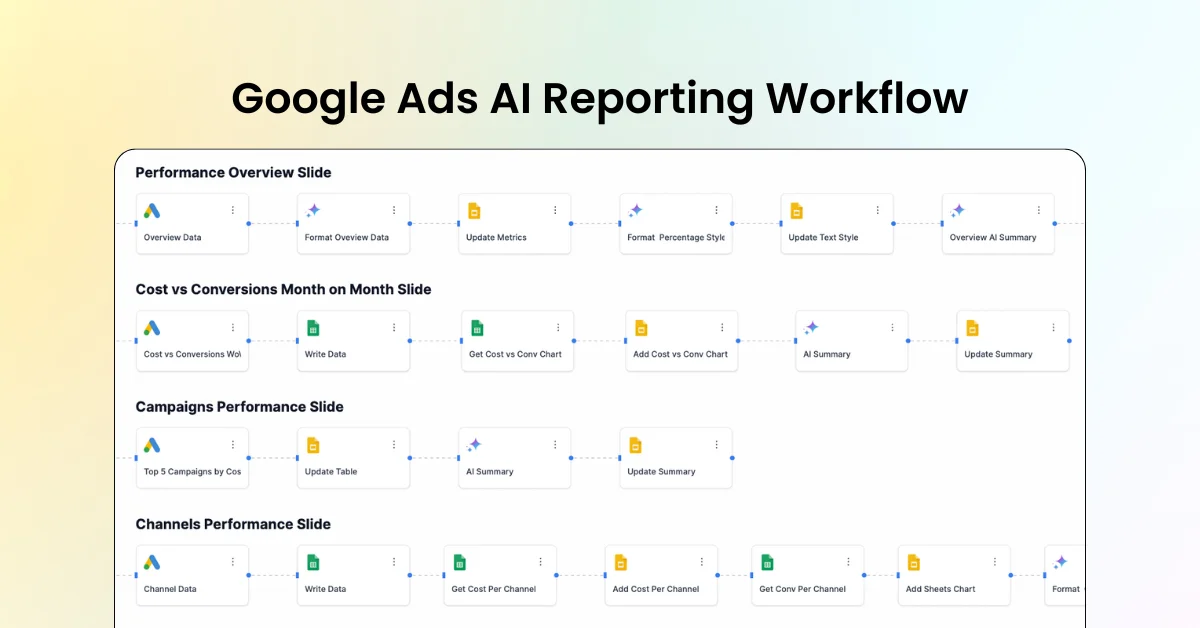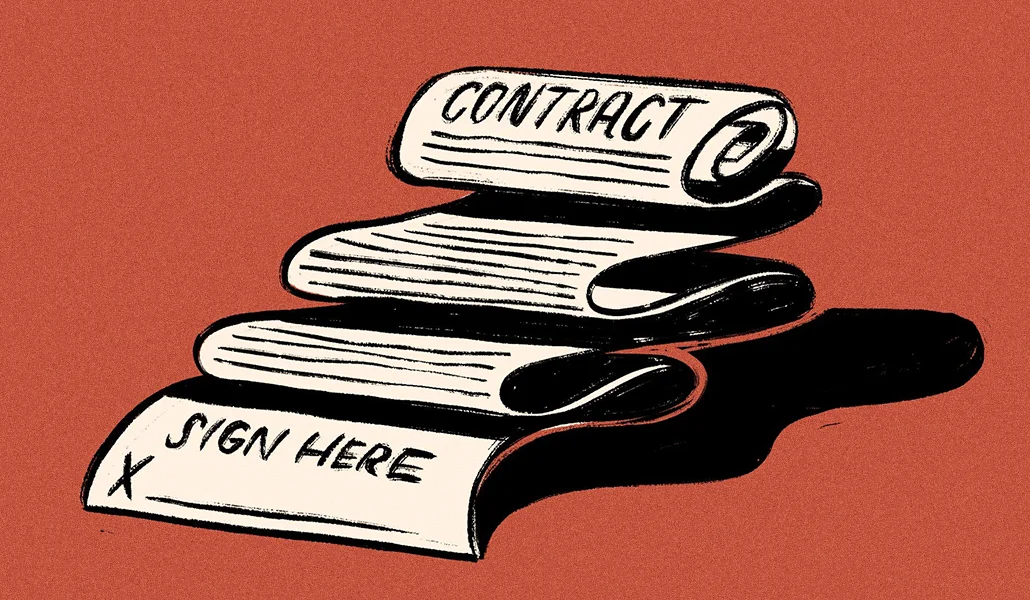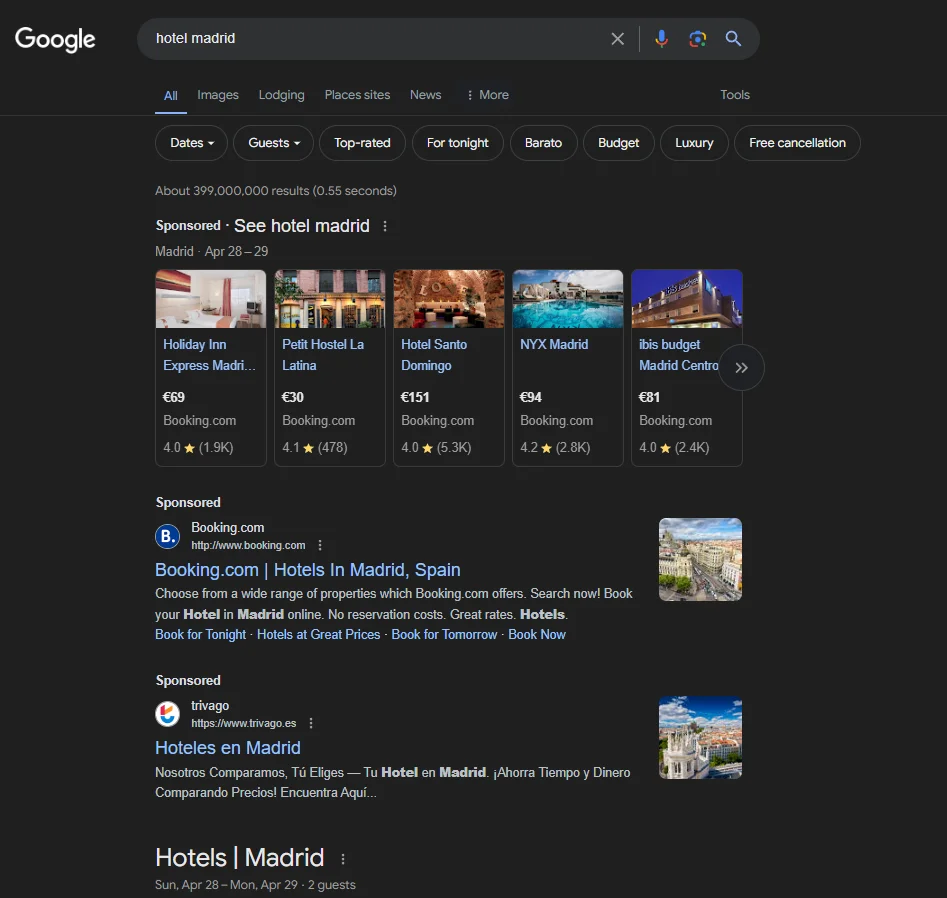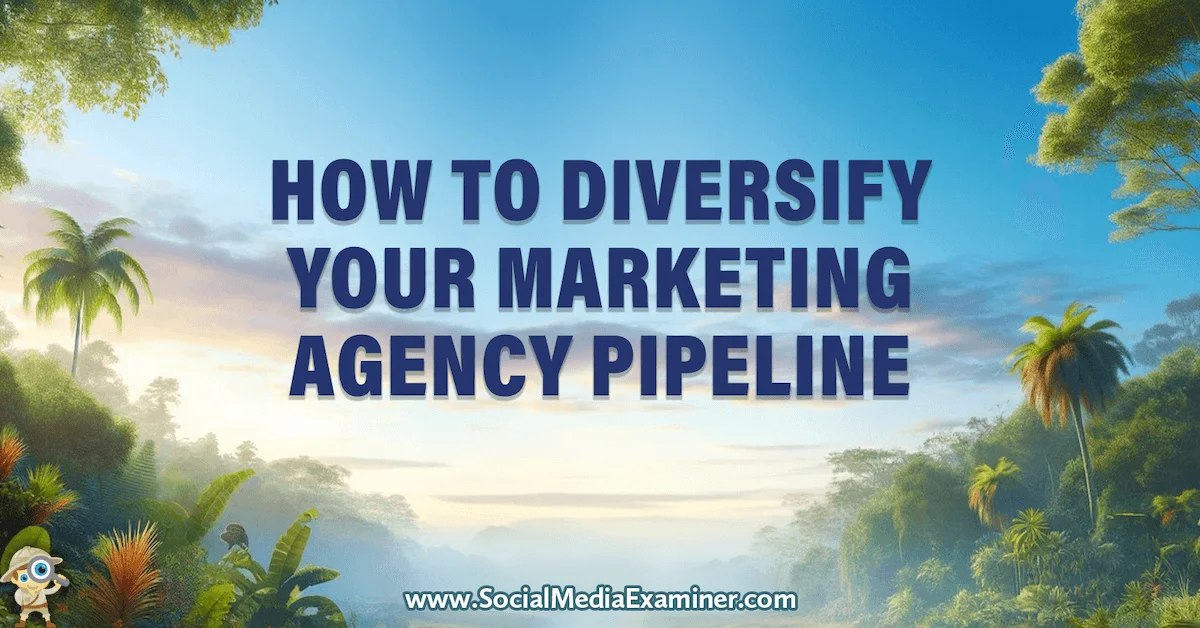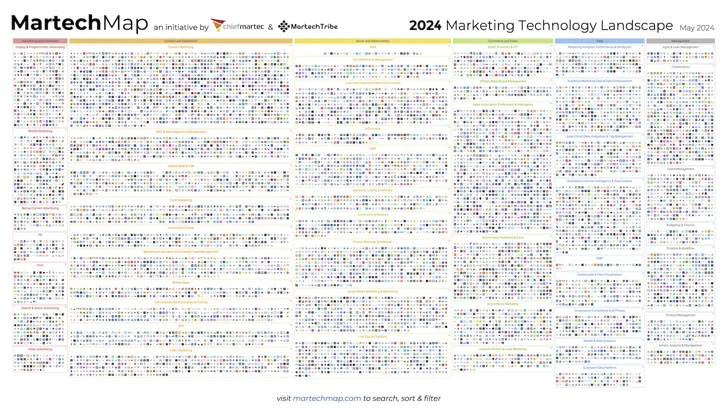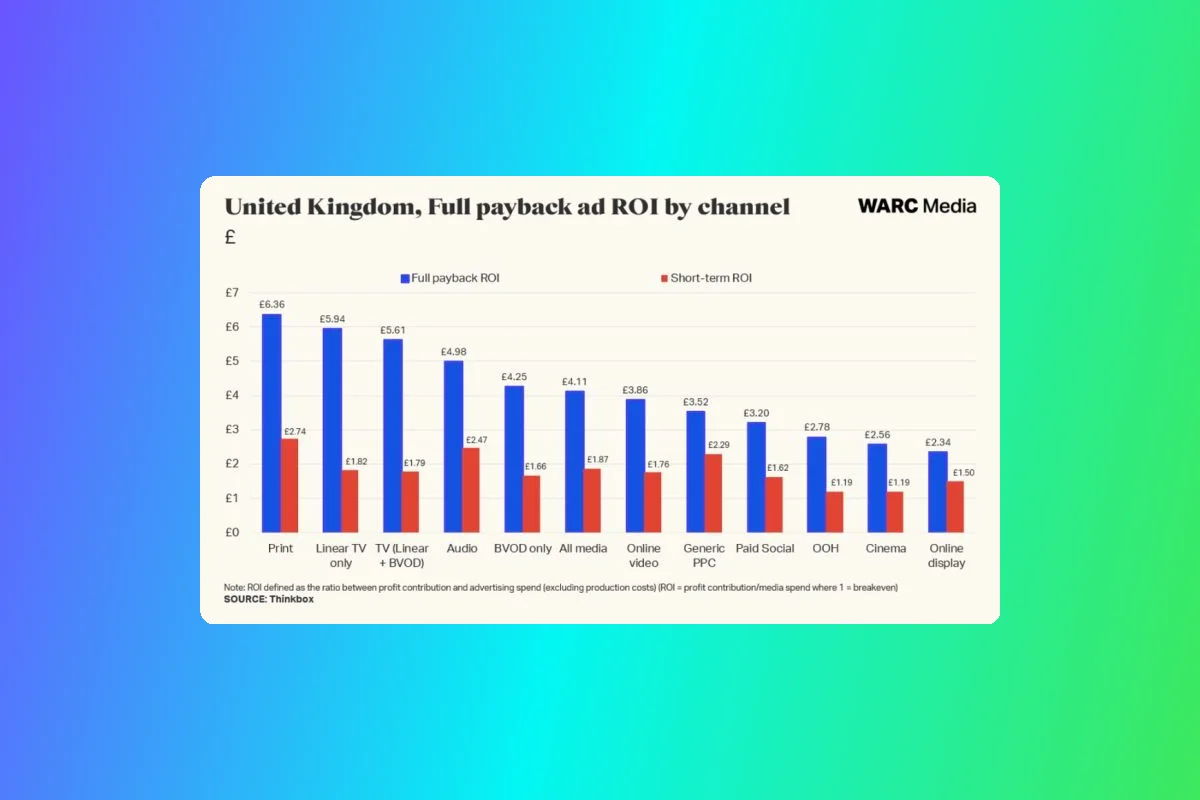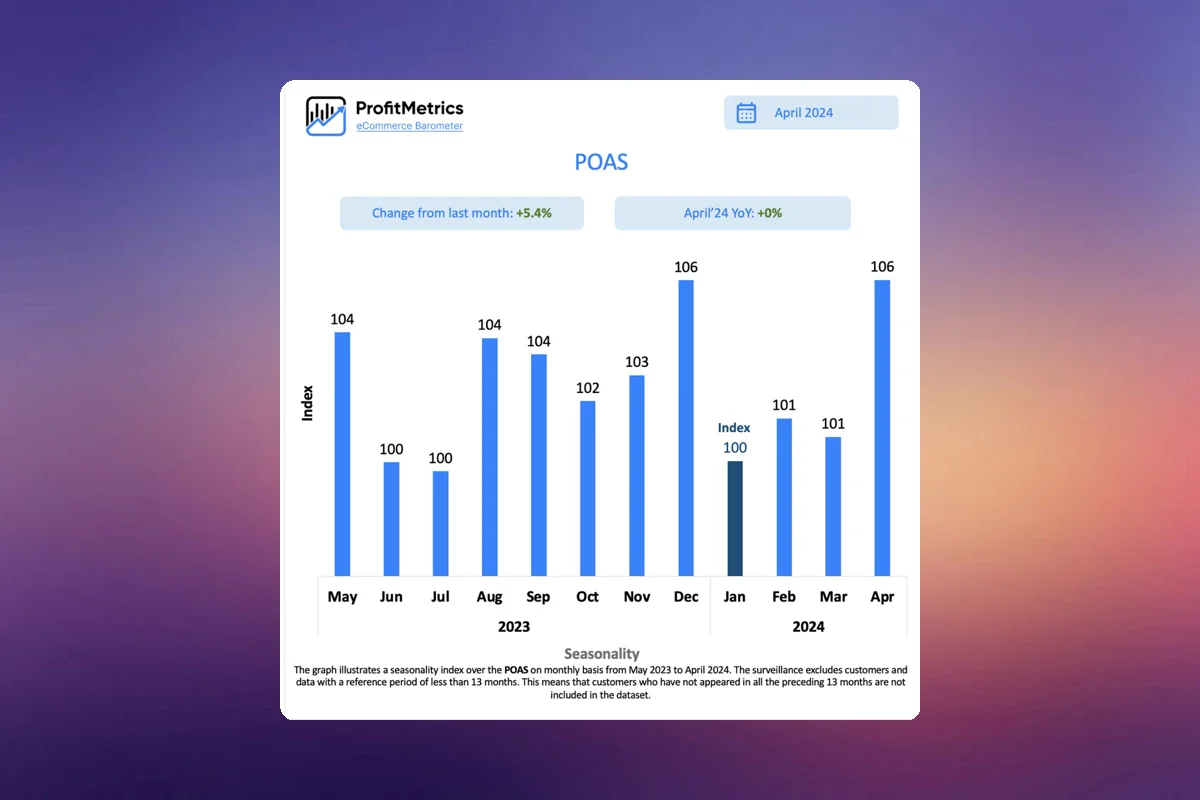WPP, the largest marketing services group, recently held its annual general meeting where it outlined its vision to become the most creative company in the world. The strategy includes building world-class, market-leading brands through investments in AI data and technology, and efficient execution to drive strong financial results.
Andrew Scott, the group’s COO, was a notable inclusion in the board election due to his mandate to simplify WPP’s portfolio. His activity in recent and forthcoming months is expected to significantly impact WPP’s future.
In its most recent quarterly earnings, WPP reported Q1 revenues of £3.4 billion ($4.27 billion), a 1.4% annual decrease or a 5% reduction. However, the company highlighted client wins such as AstraZeneca, Canon, Molson Coors, and Nestlé. Investments in AI and closer integration of its portfolio are integral to WPP’s market pitch.
Several factors have prevented deals from being reached, including high interest rates, the uncertain effect of generative AI on the agency business, and the complexity of a holding company like WPP.
Rumors have circulated that WPP might be considering selling its 40% stake in Kantar, the research and data firm. However, WPP officials remain tight-lipped. Multiple sources predict the ongoing turnaround plan will center on consolidating its structure, possibly including smaller divestitures of certain entities to raise capital for its own M&A moves.
Private equity companies such as Silverlake Partners, Blackstone, Kohlberg Kravis Roberts & Co., and Carlyle Group have reportedly shown interest in WPP. WPP’s media investment arm, GroupM, could also be a target.
However, opinions are split on how proceedings will play out, with some predicting smaller M&A moves to either engineer their own turnaround or stay ahead of the pack.

